You might be wondering why businesses need to use data mining tools, Right?
Well, our world today is driven by data. From the morning text messages to family to job searches to uber ride ordering, data has become an essential element in our daily lives. You can even think of the world as one giant data hub.
As per a report by Betanews, about 7.5 septillions (7,700,000,000,000,000,000,000) gigabytes of data are generated worldwide each day.
Yes, and that's quite a number!
The most successful businesses have found a way to exploit this mass of data to improve business decisions - data mining. And data mining seems to hold more benefits than drawbacks for these businesses. Take PBS, for instance.
PBS’s site gets over 330 million sessions every year. Yet, they provide each visitor with a unique experience on the website. You might be wondering how.
PBS partnered with the data scientists at Google to identify patterns in user behavior on its websites and develop strategies to implement those findings.
Of course, you may not have the budget to work with the data scientists at Google and whatnot, but you don't need to. You can leverage data mining tools or a data mining platform for your data processing. With over 97 percent of businesses investing in data mining and machine learning, you don't exactly have a choice.
Data mining tools work - they're gamechangers. The only question now is, which data mining tool do you use? There are many data mining tools on the market, making it difficult for business owners to choose the right one for their business.
We've tested and reviewed the top data mining tools on the market so you can make better-informed decisions for your business. But before we get to that, there are some important things to know about data mining. We'll discuss these essentials first and get to the nitty-gritty. Ready? Let's get to it.
What is Data Mining
Data mining refers to the detailed analysis of massive datasets (usually unstructured data) to identify hidden relationships, patterns and trends. Data scientists then organize these trends into predictive models to make informed business decisions.
The term was first coined by Gregory Piatetsky-Shapiro as "knowledge discovery in databases" but quickly evolved to “Data Mining” due to the influence of AI and commercial applications.
Data mining previously was a manual coding process that allowed people to interpret useful information from raw data. Data mining processes have improved significantly as a result of the many advancements in technology we have today.
Today, data mining includes statistics, automated machine learning, interactive data exploration, as well as database systems that transform data into meaningful information.
Working collaboratively with predictive analytics, data mining tools use complex algorithms to solve problems from raw data. This use of predictive analysis identifies the patterns in huge chunks of complex data generalized by data mining for predictive modeling.
How Does Data Mining Work
Data mining for any kind of industry starts primarily with data collection from multiple sources. Businesses begin their data collection journey by collecting raw data like visitor logs, website visitors, sales data, and application data for data science teams through data mining tools. The teams then analyze data assets for valuable insights.
This step is the most important as there'll be no data analysis with data. The simplest way to cover the data mining process is through the cross-industry standard process for data mining.
Cross Industry Standard Process for Data Mining - All 6 Steps
The Cross-Industry Standard Process for Data Mining (CRISP-DM) details the steps involved in data mining in 6 stages:

( Image Source )
1. Business Research
You need to have a detailed understanding of the available resources and the current scenarios of the business. The best data mining projects start by identifying the objectives and the scope of the data obtained.
In this stage, a data scientist will ask the important questions that the data exploration is supposed to solve.
2. Data Understanding
Once you know the question to ask, you need to collect the data, check it, and match it to prevent over information and bottlenecks within the organization.
The data (structured and unstructured) originates from multiple data sources. To analyze this data, you can use exploratory analysis to uncover some preliminary patterns for data modeling. Towards the end, the data science team selects the subset of data for proper analysis and modeling.
3. Preparing the data
At this stage, most of the essential work is involved. Data preparation is a detailed process that involves data segmentation and preparing the final data set that includes all the relevant data needed to answer the questions raised about the business.
At this point, the stakeholders identify all kinds of scenarios and prepare the final data set for big data modeling.
4. Modeling and transformation
There are different modeling techniques, each with its unique features. You need to select the modeling techniques that work best for your data. This makes model management later easier for you.
These are the 5 techniques involved in modeling and transformation:
- Clustering
- Classification
- Predictive models
- Estimation
- Combination
This stage includes settling for the processes involved in preparing the data for the final sets.
5. Data Evaluation
You must test your models as you prepare them. This step ensures you get information that answers your query as opposed to irrelevant information. After all, any model can provide an answer to complex data problems, but you'd still have to edit results to get what you want.
With data evaluation, you can look at the progress made so far and ensure that the model can achieve exactly what it has set its course for. If not, there might have been errors in the previous data mining steps. The pre-requests must be solved before the project is sent to the deployment phase.
6. Deployment
As the model becomes more accurate and aligns with organizational goals, you need to think about deployment. Deployment could be within the organization or even shared with customers, depending on the organization's needs.
However, deployment is a process that requires a structured plan and pertinent information to the people that are supposed to interact with it. Usually, data mining teams are situated to take care of the audience’s understanding of the project.
Advantages Of Data Mining Tools
If you ask us, data mining is a no-brainer. With data mining tools, organizations can learn more about their customers and develop efficient business strategies to increase their conversions.
Data mining tools also help businesses develop machine learning and statistical models. But is that all? Certainly not. Here's more on why you shouldn't build your business without data mining.
1. It’s a go-to method for researchers
One of the fundamentals of running a business is understanding the buyer persona and how a shopper of your business behaves and interacts with your products. Data mining tools uncover this information, thus simplifying the research process for your business.
Data mining tools also create instances that inform you of unexpected purchasing patterns, which could help identify how new customers will interact with your products. It can be through data visualization or predictive analytics. Whatever the case, you get to build more business intelligence.
2. Successful marketing
A successful marketing campaign is only successful when it knows its target audience.
The target audience plays one of the most critical roles in any marketing campaign of a business. By understanding your target audience, you can identify who your customers are, what age group they belong to, what regions they belong to, and most importantly, save money by channeling your campaigns to a specific group of people.
You can leverage machine learning models to identify your target audience and make business decisions accordingly. Guess what? That's exactly what a data mining tool is designed for. These tools allow businesses to forecast audience responses to new marketing campaigns they promote them.
3. Better Decision-Making
Data mining software doesn’t directly provide better decision-making. Rather, it provides the data fed to machine learning algorithms and AI models to give them better insights on how to respond. Remember the classic “Hey Siri” command on Apple devices?
That's data mining at work. With the help of big data, these assistants can listen and respond to the appropriate commands and provide the best possible results.
You can mimic that in your business through a data mining tool. For instance, you can embed them in chatboxes to collect user data for advanced analytics. When you answer a query in your chatbox, a data mining tool can identify it and produce that answer when another user makes the same query.
This means that nowadays, determining results and choosing between two options has become more effective for computers than before. It's just data science.
4. Bifurcating customers into groups
Data Mining helps segregate the right kind of customers into the right kind of customer base. With the help of data mining models, businesses gather information to identify different customer groups for targeted marketing campaigns.
Usually, surveys are used to target the right kinds of customer groups. As we mentioned above, such types of investigations are a popular working method to identify data from data mining.
Now that you know the ins and outs of the data mining process let's get to the best data mining tools on the market.
Top 10 Data Mining Tools For The Year 2022
1. Rapid Miner
If you're thinking open source data analytics, you can't look past Rapid Miner. Based on Java, Rapid Miner is probably one of the most useful data mining tools you'll find. It works through predictive analysis systems and provides a very integrated environment for deep machine learning.
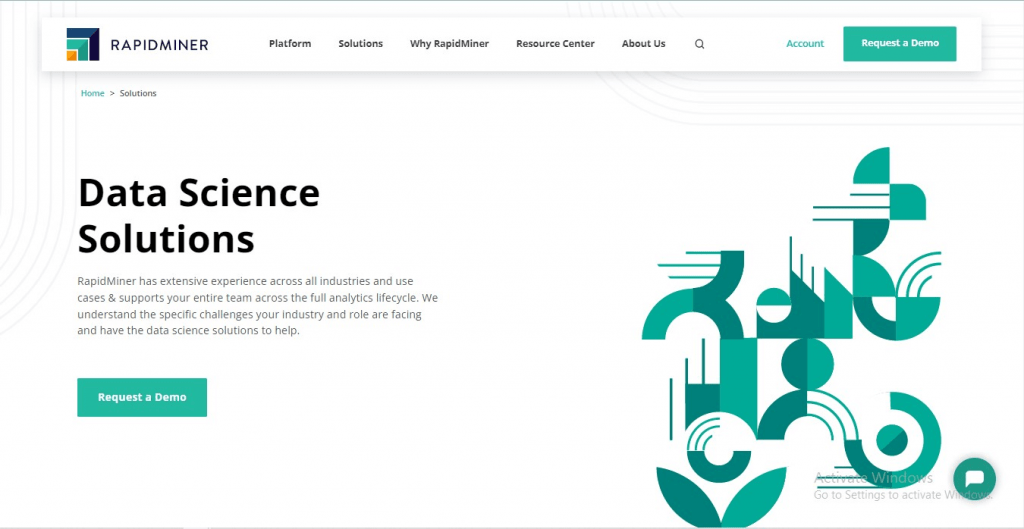
Rapid Miner offers on-premise and public/private cloud infrastructures with a server model as its base. It fashions a drag-and-drop interface that makes it easy for data mining newbies to develop data science workflows for different queries. We can't ignore its text mining, data visualization, data preparation and predictive analytics capabilities.
It also provides template-based frameworks that are perfect for speedy delivery. Its applications also include being deployed for company uses, commercial purposes, training, Machine Learning, and application development.
What's more, there's a free version you can try if you don't feel like committing to the data mining tool immediately.
Key Features
- Interactive and responsive graphical user interface (GUI)
- Helps build and validate predictive models
- Has applications across a variety of industries
- Has the ability to be integrated with in-house databases
2. Dundas
Boasting an excellent dashboard, real-time reporting, and a suite of tools for data mining, Dundas is one of the best data mining tools available in the market.
With its easy integrations and quick insights, Dundas provides unlimited data transformation patterns composed of attractive tables, charts, and graphs to help you gain insights from your data.
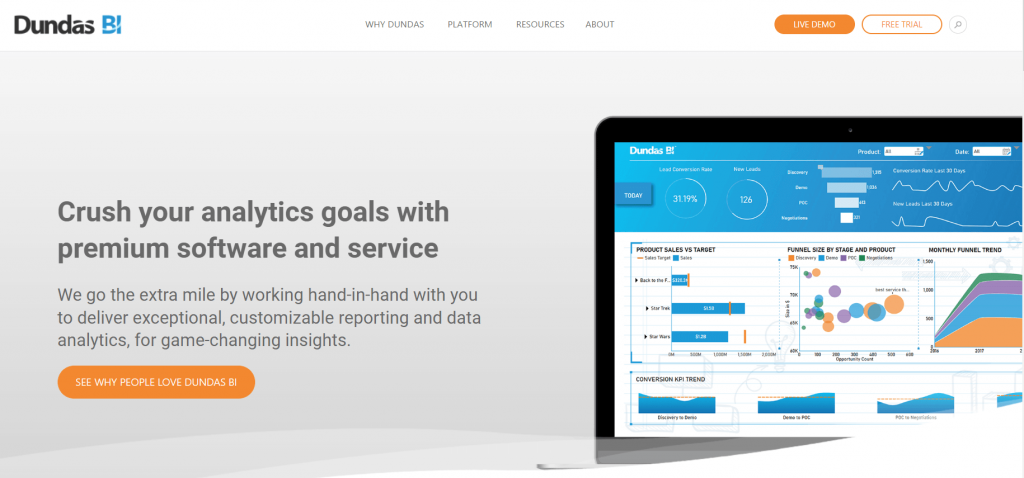
It even provides data accessibility options that put data in well-defined structures and ease the entire processing for the users. It also features data science workflows for specific use cases.
Dundas consists of advanced analytics methods that allow multi-dimensional analysis and helps in the right kind of decision-making.
Key Features
- Integrates and accesses all types of data sources
- Provides smart drag and drop tools
- Also provides predictive and advanced data analytics
3. SAS Data Mining
Statistical Analysis System or SAS is a product of the SAS institute created for analytics and data management.
This SAS data mining tool is popular for text mining data from multiple data sources, managing information, changing it, as well as analyzing it thoroughly. With the help of a graphical user interface for non-technical users, this data mining software is one of the best data mining tools for beginners as well.
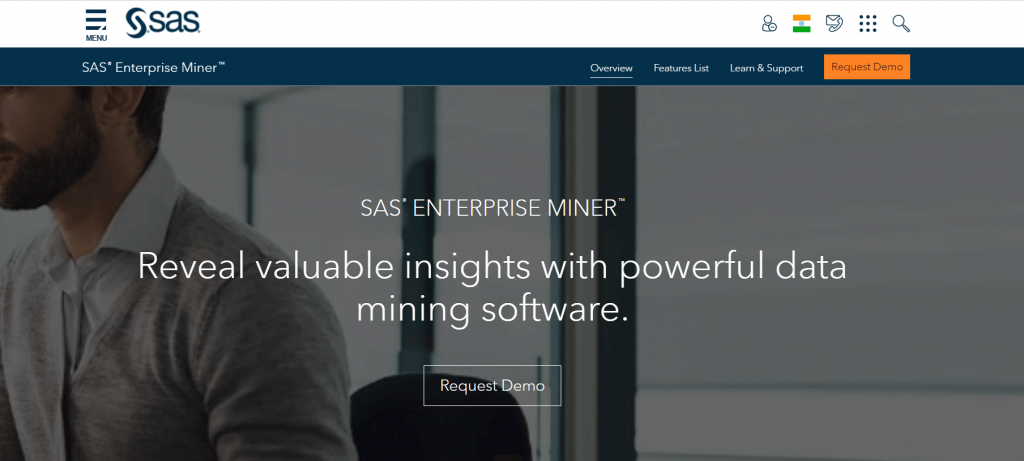
This SAS data mining tool also allows you to analyze big data to provide accurate insights for a precise decision-making process ultimately. This data mining software has distributed memory processing architecture that is not only scalable but also suitable for data mining and text mining purposes.
Key Features
- Can analyze big data
- An ideal data mining software and an excellent choice for general optimization
- Also offers distributed memory processing architecture
4. R Programming
Being a very comprehensive data mining tool, R allows you to perform a variety of tasks within a single platform. From data preparation to data analysis all the way to data integration, R covers it all.

R Programming could be used for data manipulation. The developers could also cut enormous datasets rapidly, considering a format that's difficult to analyze.
The data visualization also becomes easy with R. Once the dataset has been cut, you can deploy the shelf graph functions in the R to visualize the information, incorporating a wide range of animated and intuitive graphs.
Key Features
- Has an excellent, comprehensive UI
- Advanced Optimization features
- Can perform complex statistical calculations
5. BigML
Being a Machine learning platform, BigML allows you to create enterprise-grade predictive applications. Not only is it easy to use or visually appealing, but even so comprehensive that there's no need to have in-depth programming knowledge to create models with this data mining tool.
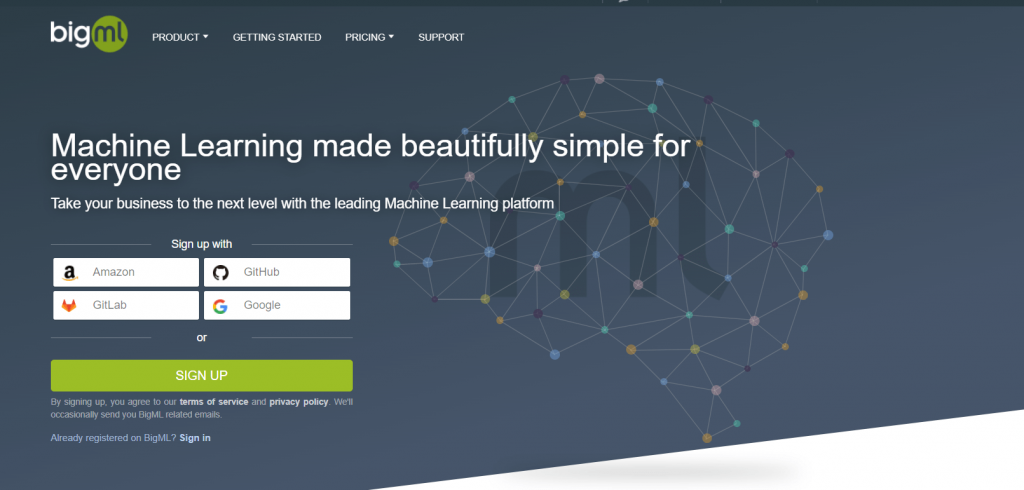
Along with this, BigML also provides a suite of tools that allow them to explore the platform's functionalities without necessarily being on a dedicated web UI. You can handle tasks like data preparation, data analysis, and predictive analytics all from one platform.
The efficiency provided by BigML could also be utilized across a variety of industries. It even allows organizations to create predictive analysis models at an affordable price.
Key Features
- It has abundant bindings and libraries
- Comes with Google Sheets Add-on
6. Python
Python is an open (and free) source language, easily downloadable and deployed on even basic computers. It is often matched with R due to its similar nature and short learning curve.
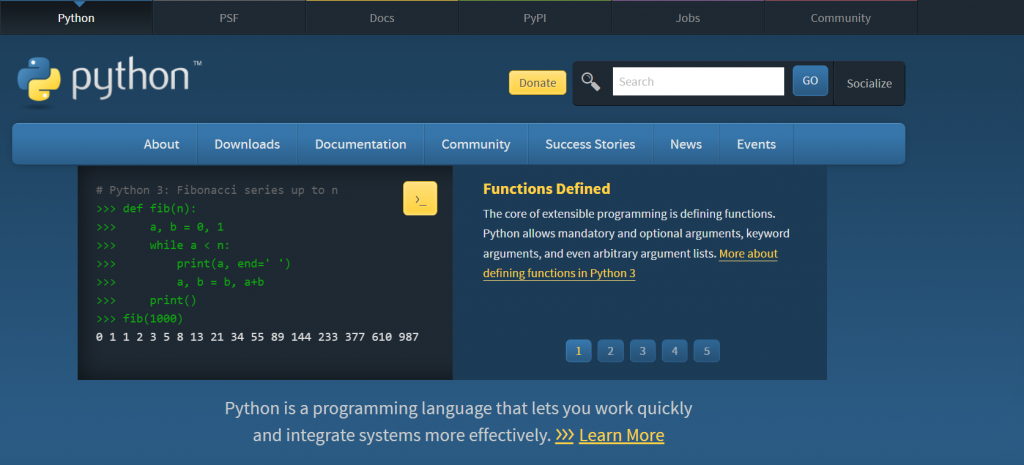
It has abundant users that find it easier to build datasets and perform some of the most complex affinity analyses in a matter of a few minutes, making it the most convenient data mining tool. Python takes visual data science to the next level. Even the most advanced businesses deploy Python for their data mining needs.
Key Features
- Open and free source language
- Works well on all kinds of computers
- Abundant uses across a variety of industries and programs
7. Orange
Orange is one of the most popular tools for data mining on our list. It is a perfect software suite for machine learning and data mining. Since it is a component-based software, Orange also functions as a data visualization tool.
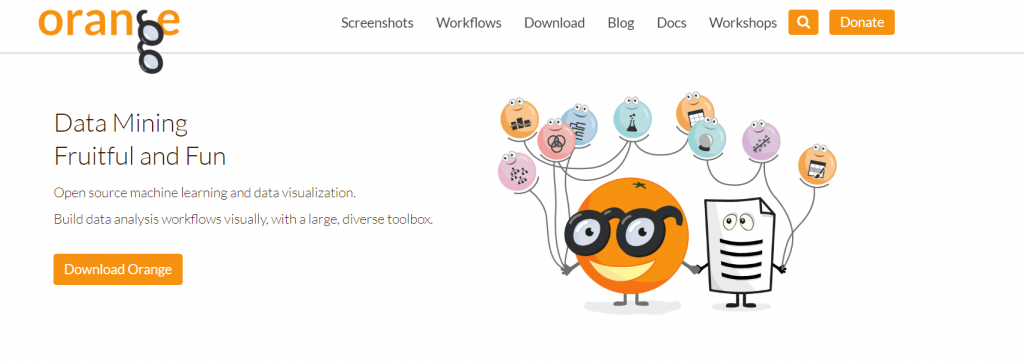
As a data mining software, the components, also called the widgets, offer major functionalities, including reading and analyzing the data, providing data tables, and even comparing learning algorithms. Along with this, Orange also features a more interactive suite of dull analytic tools, making it enjoyable to operate.
Key Features
- Supports hands-on training and visual illustrations of concepts from Data Science
- Component-based algorithm for data mining and machine learning
- Interactive dashboard
8. Oracle BI
Oracle BI is a component of Oracle Advanced Analytics that provides the most comprehensive data mining algorithms. The oracle data mining algorithms are designed to leverage the strengths of the Oracle database.

As a data mining tool, it can dig the data out of the database tables and schemas. Oracle's GUI data miner is a sub-set of Oracle SQL developer, which provides a facility of 'drag and drop' of data. This gives the uses a better insight into the data they are dealing with.
Key Features
- Has customizable data visualizations
- Supports hands-on training from concepts of data science
- Offers interactive data exploration
9. KNIME
KNIME tops the list of data mining tools with its amazing features that primarily include data analytics. It operates on a popular concept of the modular data pipeline. It has a suite of machine learning and data mining concepts working collaboratively, making it one of the best data mining tools.
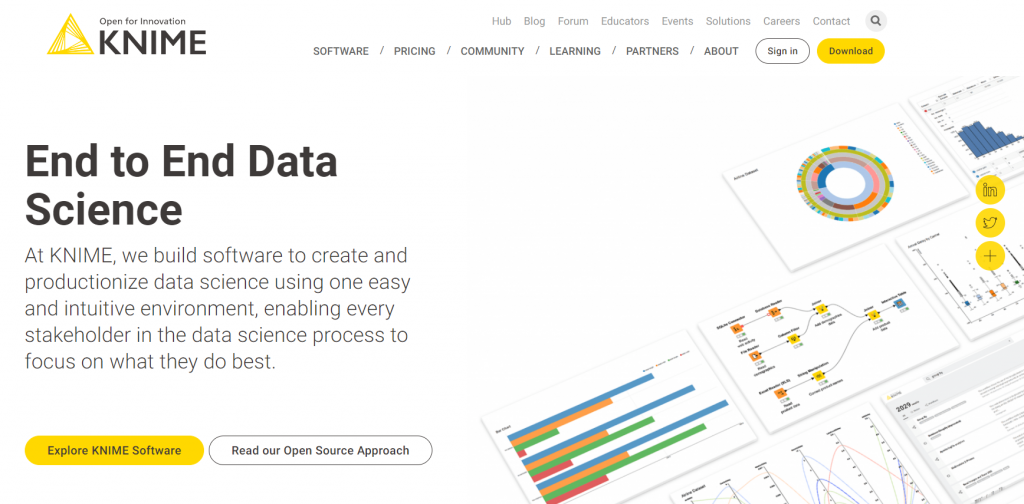
The medical industry uses the KNIME tool to analyze customer and financial data. It also has features such as quick deployment and scaling efficiency and has a short learning curve.
Key Features
- Helps build a Machine learning model.
- Has a short learning curve
- Works on the concept of the modular data pipeline
10. Apache Mahout
Apache Mahout, a project developed by Apache Foundation, serves the primary purpose of creating machine learning algorithms. This data mining software focuses mainly on data clustering, followed by classification and collaborative filtering concepts.
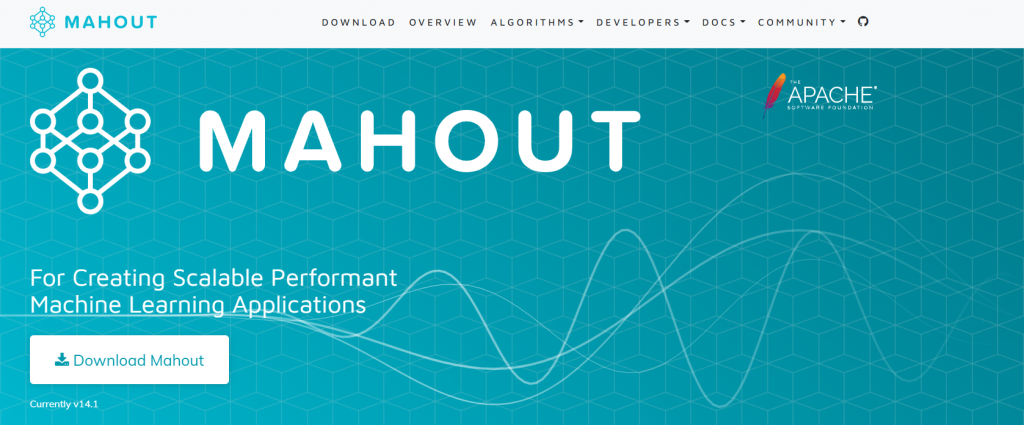
Written in JAVA, Apache Mahout also features JAVA libraries that are popular for performing mathematical operations efficiently, including statistics and algebra. Mahout is growing continuously, and multiple industries have been using it due to its applications and efficiency.
Key Features
- Contains JAVA libraries and pre-made algorithms
- GPU computes for performance improvement as well
Disadvantages of Data Mining Tools
Since you have read about the ten best data mining tools, you might be wondering if these tools have any drawbacks. Right?
No tools are perfect, and the same applies to data mining tools. Every tool is different and has its own limitations. But, broadly speaking, some of the major disadvantages that hold the business back from investing in data mining tools are:
Cost
If you keep aside the open source data mining tools. Most of the other popular data mining tools are a bit on the expensive side. Secondly, these tools generate an ample amount of data, and this data needs its own storage space as well as maintenance. This can significantly increase the implementation cost.
Requires Training to Use
Data mining tools are complicated software that often requires people with training to use them. This barrier to entry often discourages small businesses from using this technology.
Security
Data mining tools produce huge amounts of data that often contain sensational information about your customers. Without adequate security measures in place, hackers can get into your system and cause you huge damage. Having tight security measures doesn’t come cheap.
Privacy
Another major challenge with using data mining tools is the rising compliance with GDPR and other privacy laws. The data you collected should not be (intentionally or unintentionally) used for any other application than the one stated in the forms.
How to Choose the Right Data Mining Tools
Choosing the right data mining tool depends on your business type, the data mining technique that you would be using, and sample data size. Some data mining tools use visual programming mechanisms, while some use machine learning to give desirable results.
With that said, experts recommend you should consider the following factors when selecting the best data mining tool for your business:
Amount of Data
Choose a data mining tool that is capable of handling the amount of data you manage daily. For instance, If you process a huge amount of transactional data, it’s advisable to buy a high-performance data mining tool.
Results
When evaluating data mining software, you should have a clear understanding of your end goal. If you have clear guidelines about what data you need in your final result analysis, screening the tool becomes easy because you can simply ignore the ones that don’t give the output you need.
Cost
The cost will always be a driving factor in any business decision. Often, there are two or more tools with notable features but considerable differences in cost.
Support
Customer support is one of the most important evaluating factors when it comes to tech buying. Choose a tool that offers 24*7 support.
Conclusion
Data Mining is one of the most useful processes for businesses and organizations to extract useful information from raw data. As per Forbes, about 53% of the global companies use data mining to provide better features and services, making data mining one of the best go-to solutions for commercial purposes.
It's time to leverage data mining tools to unlock the power of data for your business.
Hopefully, you're now an expert on data mining tools. We hope our list of the best data mining tools helped you find the right kinds of tools for your organization’s data needs. Let's know in the comment section.


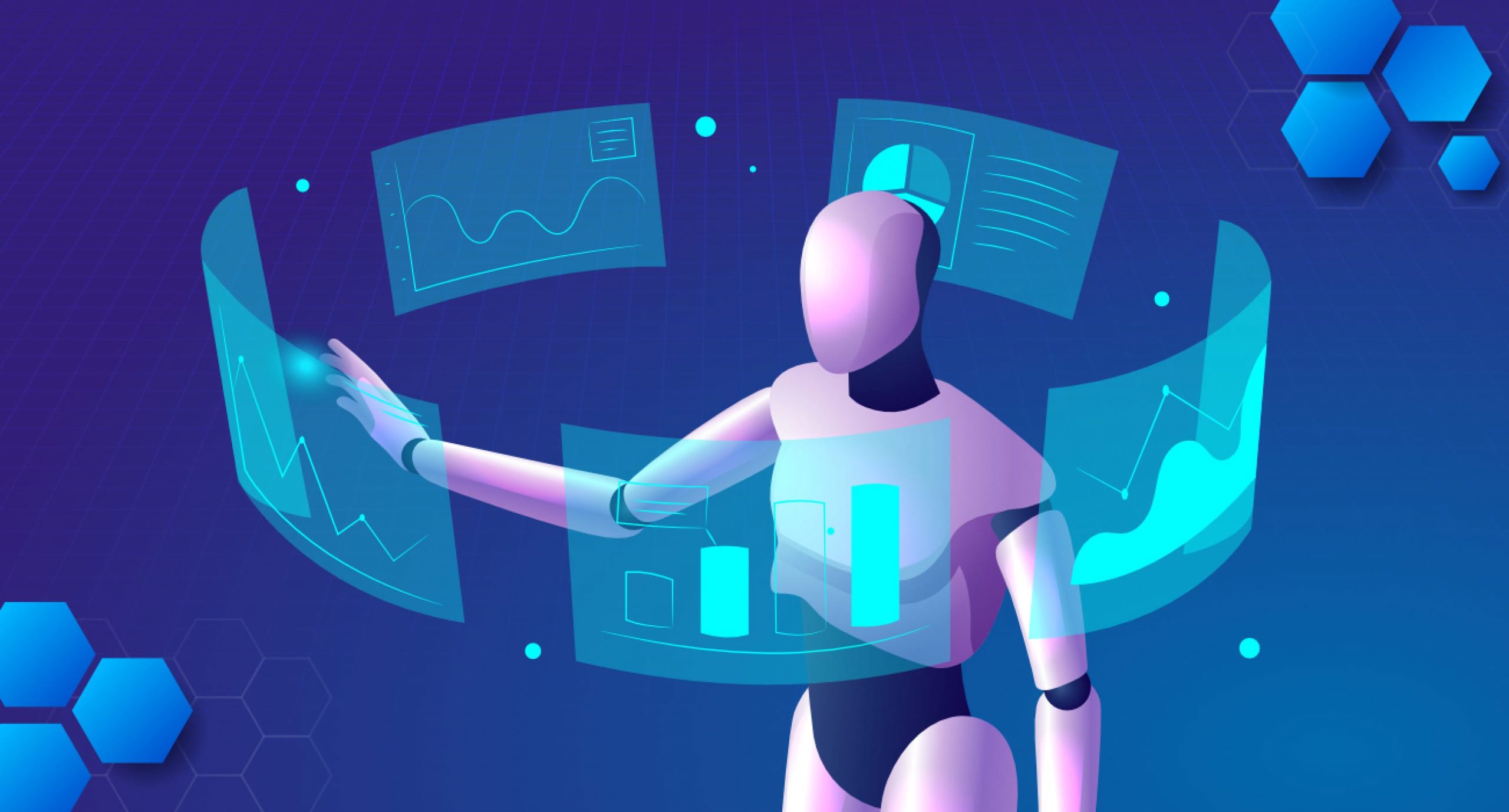
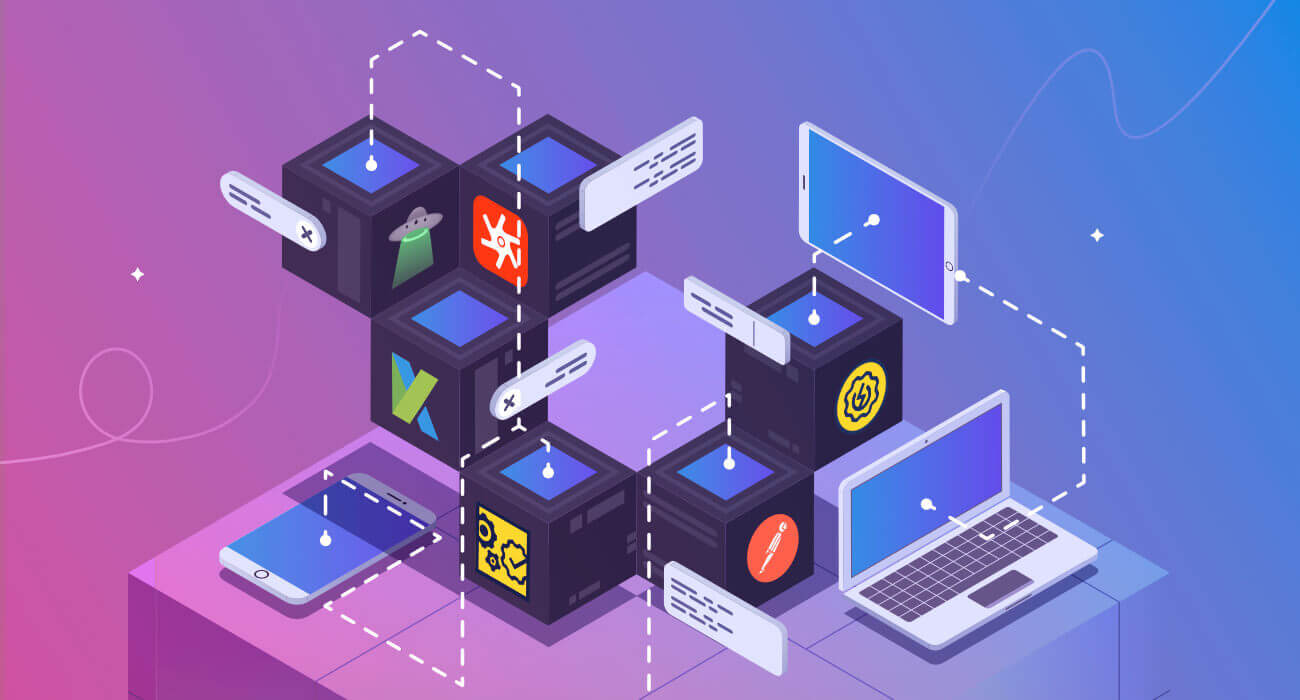
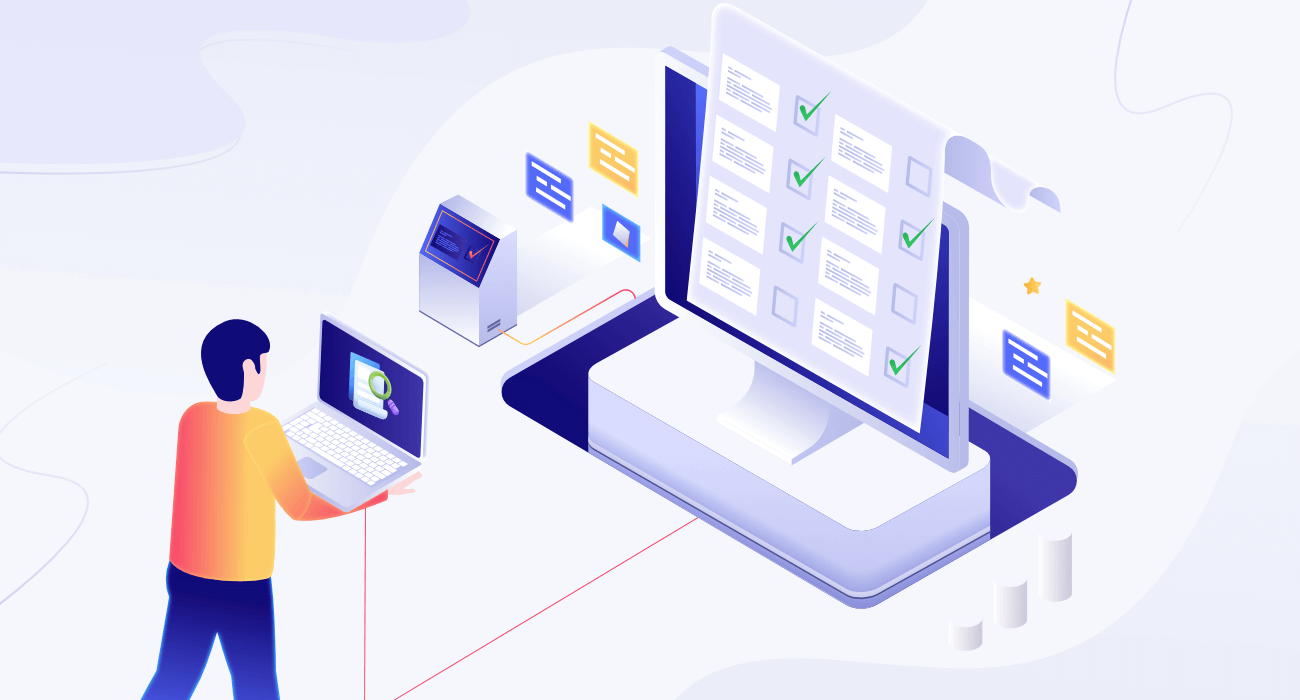










Leave a Reply